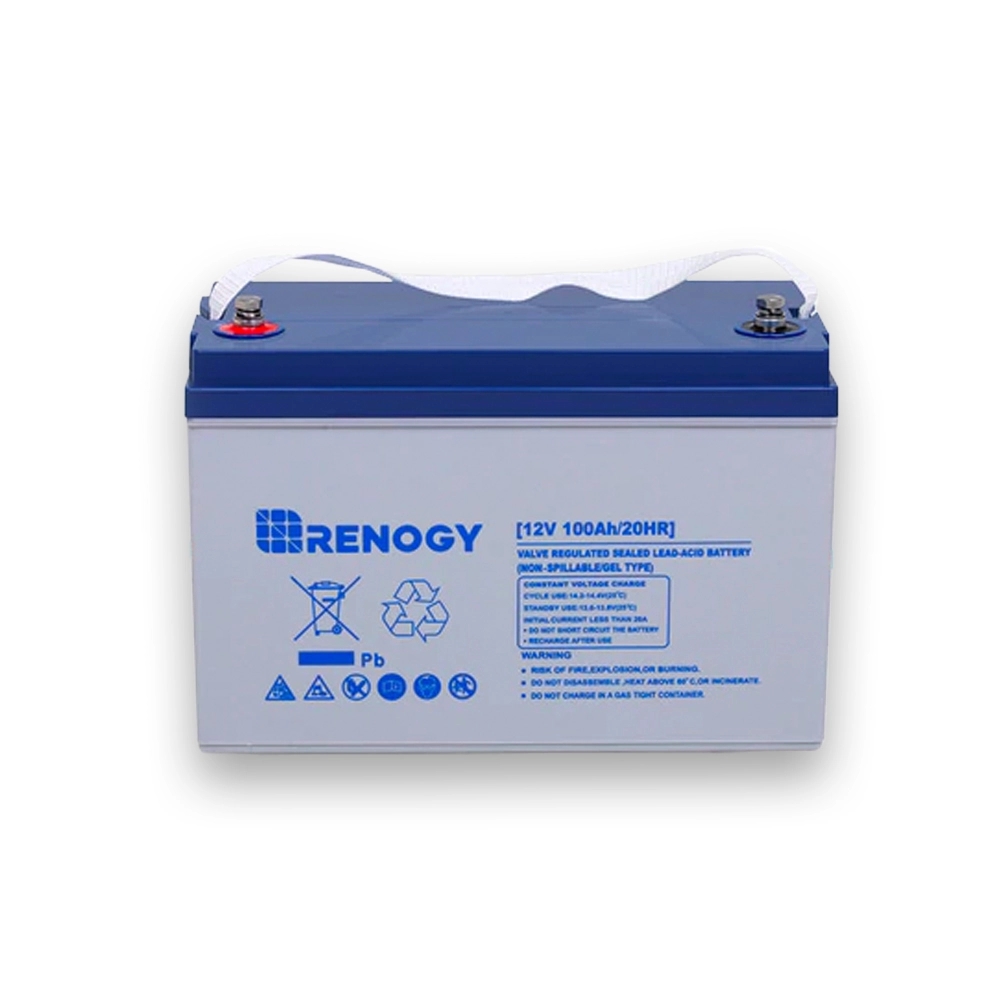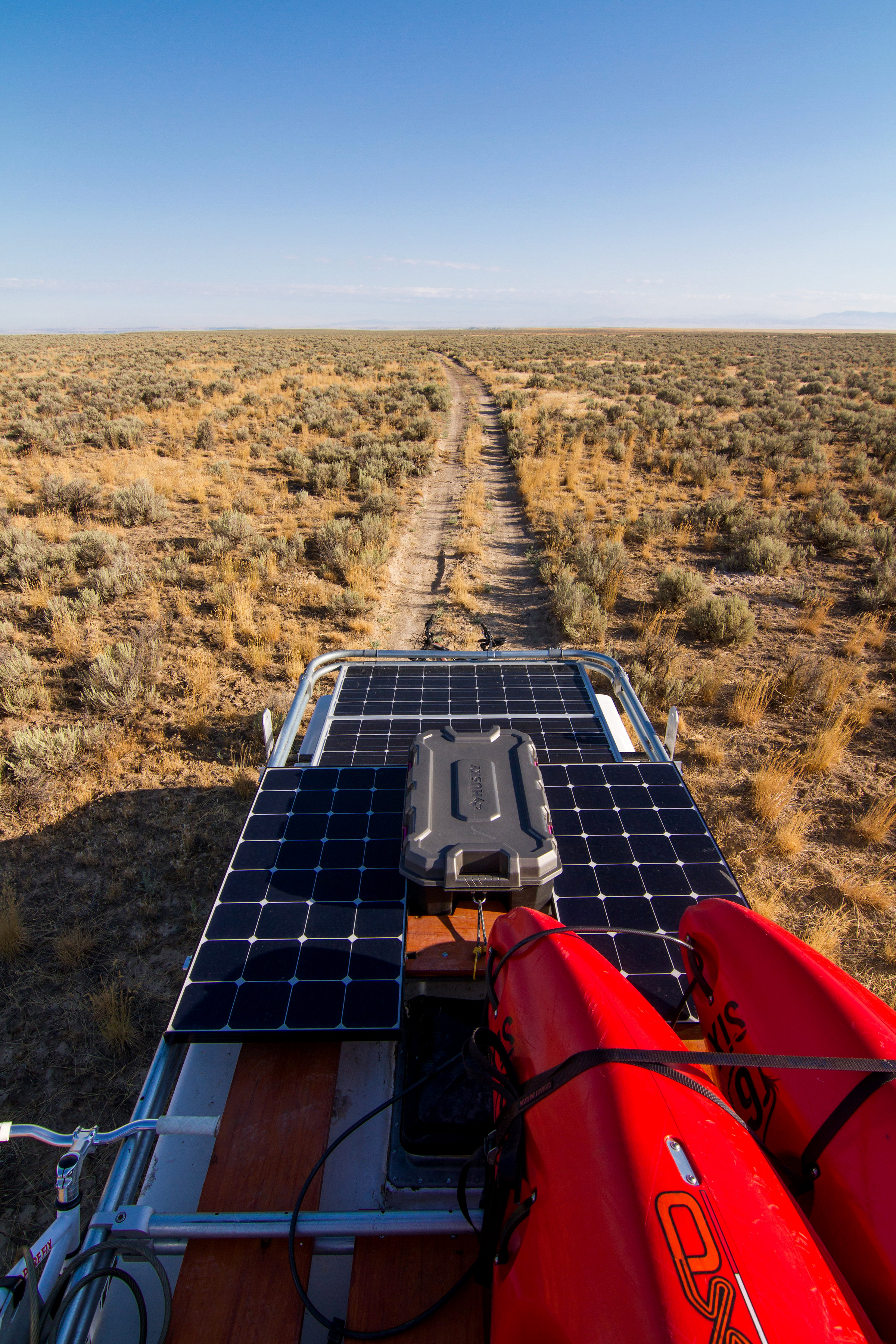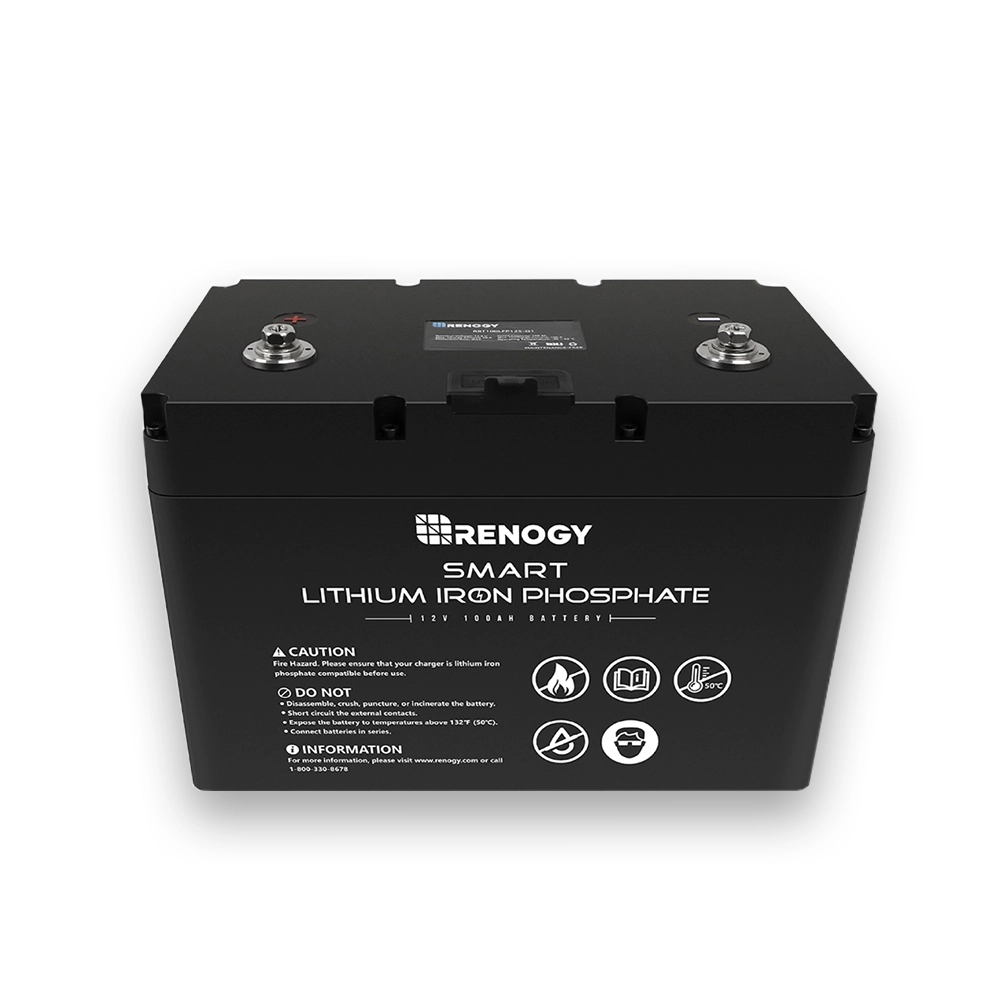How to Use a Solar Panel to Charge a Battery
What to know about using 6 volt batteries in your solar installation If you live in an RV, van, or cabin, solar with battery storage is a great way to meet your energy needs. Once you've selected your solar panel kit, you'll need to purchase a battery to store that energy produced from your panels. But how do you make sure that battery gives you the power you need and how do you know that solar panel will charge that battery effectively? Let's break it down. Deep cycle batteries may look similar to the batteries used in your car, but they are actually very different. In contrast to car batteries which only provide short bursts of energy, deep cycle batteries are designed to provide sustained energy over a longer period of time. Deep cycle batteries can be discharged up to 80%, but most manufacturers recommend not discharging below 45%. Regularly going beyond that point will shorten the life of the battery. How do you charge batteries with solar panels? Solar batteries store the energy that is collected from your solar panels. The higher your battery's capacity, the more solar energy it can store. In order to use batteries as part of your solar installation, you need solar panels, a charge controller, and an inverter. When using batteries for solar panels as part of a home solar system, you're able to store the excess electricity your panels produce instead of sending that energy back into the grid. Electricity will be sent to the grid if your batteries are fully charged and your panels are still producing energy. Your solar panels will first need to be connected to a charge controller which will help monitor how much energy is stored in the batteries to prevent overcharging. Charge controllers will also shut down a system if the batteries become too depleted. Before powering your appliances, your batteries will need to be connected to an inverter to convert the DC energy collected from solar panels and converted to AC energy. What are amp hours? Deep cycle batteries have a specific amp hour rating. This refers to the amount of current that is supplied from the battery over a certain period of time. If you have a 200ah battery, it can supply 20 continuous amps for 10 hours or 10 amps for over 20 hours. How many amps does a 100 watt panel produce? Calculate the current in amps by dividing power in watts by the voltage in volts. When a 12V solar panel is rated at 100W, that is an instantaneous voltage rating. So if all of the test conditions are met, when you measure the output, the voltage will be about 18 volts. Since watts equals volts times amps, amperage will be equal to 5.5 amps (100 watts divided by 18 volts) . So your panel will produce 5.5 amps per hour. How many panels would I need to charge a 200ah battery? If you have a 200ah battery, only 80% of that is usable due to depletion limitations, so you really only have 160 amp-hours of energy to draw on. If you learn that you typically can last two days with energy from that battery, that means you consume 80 amp hours a day. Based on the earlier calculation, a 100 watt panel will produce an average of about 30 amp-hours per day (based on an average sunny day). This means you would need three 100 watt solar panels or one 300 watt panel to fully recharge your battery on the average day. How long will it take to charge a battery? Total charging time depends on the weather, as well as state and type of battery. If a battery is completely drained, a panel can typically charge the battery within five to eight hours. The total charging time will vary depending on the state of a battery. If a battery is totally drained, a solar panel can energize the cells within five to eight hours. The position of the sun in the sky can impact a panel's charging speed. When sunlight shines directly on a panel in the middle of summer, the charging speed will be faster. Charging cycles are slower on cloudy days. Again we use the same calculation dividing power in watts by the voltage in volts to find amps. Charging your battery at 12 volts and 20 amps will take five hours to charge a 100 amp hour battery. By multiplying 20 amps by 12 volts, 240 watts is how big of a panel you would need, so we'd recommend using a 300w solar panel or 3 100 watt solar panels. What are the best conditions to charge a battery? You'll find that all of Renogy's deep cycle batteries have a normal operating temperature, storage temperature, and operating charge temperature specifications listed. Most batteries have a normal operating temperature of 77°F plus or minus 5.4°F. Most batteries have an ideal operating temperature between 50°F and 85°F. Batteries typically lose about 10% of their capacity for every 15°F to 20°F below 80°F. Their internal chemistries slow down, resistance increases and capacity and charge acceptance drop. This reduced capacity is temporary. Does it matter what kind of battery you use? Yes! Different batteries can have a huge impact on how your solar installation operates. There are three main types of deep cycle batteries used in solar systems: flooded lead acid, sealed lead acid, and lithium iron phosphate batteries. Each of these batteries vary in price, battery capacity, voltage, and cycle life. For example, battery capacity is important because it measures the amount of energy you can store. If you need to power certain appliances for long periods of time, you'll need more batteries to carry a bigger load. Capacity is measured in total amp hours. Look at cycle life to learn about the number of discharge and charge cycles a battery can provide before the capacity drops below the rated capacity. This varies sharply from technology to technology and is measured in a number of cycles. For more information about battery types and how to choose the best battery for your system, refer to our blog post . Lithium iron phosphate batteries are more efficient than sealed and flooded lead acid batteries. They also have a faster rate of charge. This is because they can typically handle a higher amperage, which means they can be recharged much faster than flooded lead acid batteries. Lead-acid batteries are limited in how much charge current they can handle, mainly because they will overheat if you charge them too quickly. In addition, the charge rate gets significantly slower as you approach full capacity. How do I size my battery bank and why is it important? It's very important to properly size your deep cycle battery bank. The amount of battery storage you need is based on your energy usage. Energy usage is measured in kilowatt hours. For example, if you need 500 watts for 8 hours per day, then your energy usage is 4kWh per day. A battery capacity of 4 to 8 kWh is usually sufficient for an average four-person home. Your energy needs may greatly differ from that depending on what you're powering in your household. To size a system that will best fit your needs, we recommend making a list of all the devices you plan on running. Get the wattage information, or the amps and volts of the product, and provide an average run time per device. The Renogy solar panel calculator is a great tool that makes it a quick and easy process to help determine your specific needs. Conclusion It can be intimidating when you first start navigating the solar and battery options out there. From deciphering amp hours from volts, sealed lead acid from flooded lead acid, there's definitely a lot to consider. But by doing some simple math, properly calculating your energy needs, and learning a bit about the different battery options available to you, you'll be well on your way to a battery bank to fit you and your household's needs. 


How to Use a Solar Panel to Charge a Battery
Source: https://www.renogy.com/blog/what-size-solar-panel-do-i-need-to-charge-a-12v-battery/
0 Response to "How to Use a Solar Panel to Charge a Battery"
Post a Comment